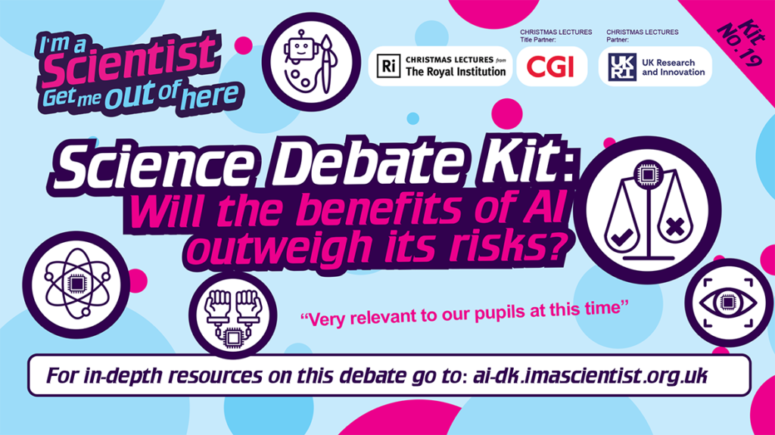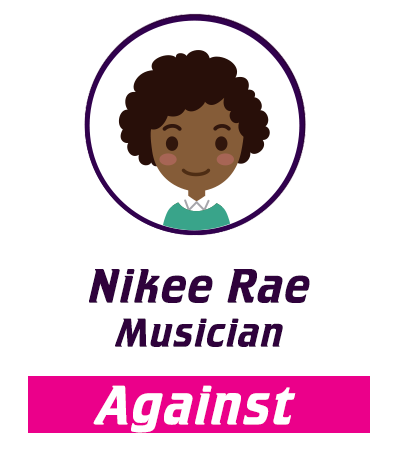The Question:
Will the benefits of AI outweigh it’s risks?

Download Forensic Science Debate Kit
Additional Resources
SCROLL DOWN FOR THE EXTERNAL RESOURCES
📺Neural Networks
What is Artificial Intelligence and how does it work? The 2023 Christmas Lecturer Mike Wooldridge explores how AI traces back to the middle of the last century, machine learning, neural networks and what the future of AI holds.
This video is from The Royal Institution Youth Summit back in September 2023 and mentions a demonstration by Micro:bit that happened before the talk.
Watch the video on Vimeo here.

Bias and AI
One key place where AI bias is of concern is in recruitment. For example, when the training data for AIs is CVs mostly from men in men dominated industries, the machine learns to choose male CVs and thus preserve the gender bias of the industry.
Cleansing datasets is recommended to get around these problems: this means artificially augmenting data (or excluding it) to make the whole dataset fair and unbiased, e.g. selecting equal number of male and female CVs for training AI.

Human bias
When it makes unfair decisions because of a dataset biased by previous human decisions. The machine-learning algorithm Compas was designed to predict re-offending rates of prisoners, for example.
The data generated looked the same as real past offending rates – but it didn’t work out as a good predictor. This is because the AI incorrectly predicted black prisoners were twice as likely to reoffend than white ones (45% to 24%), based on previous human guesses.











